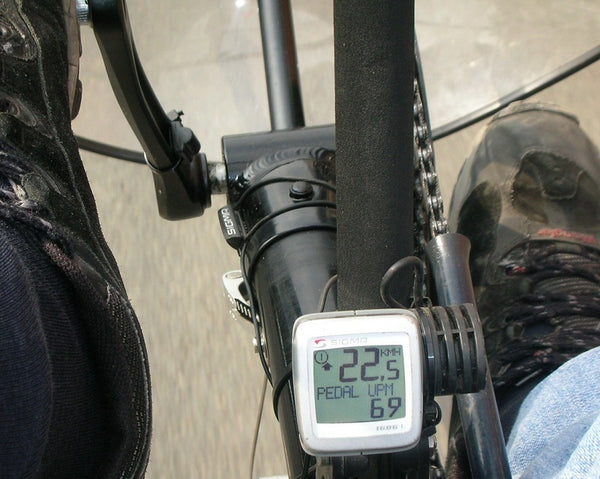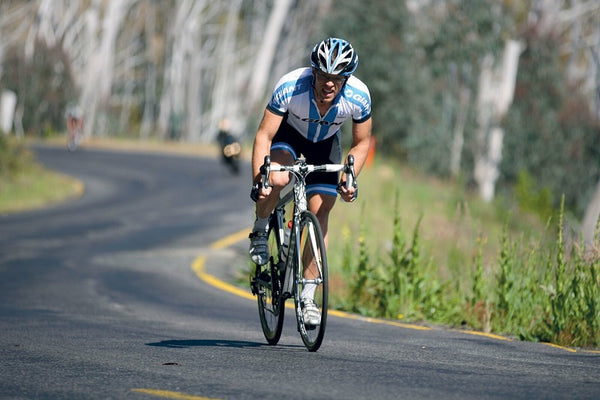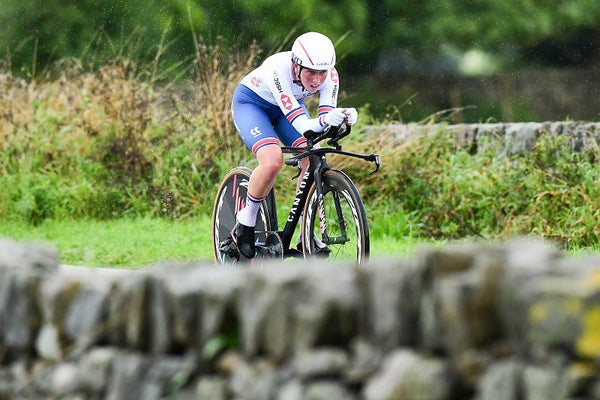Understanding What is Cadence in Cycling
Cadence, in the realm of cycling, is a critical aspect that can greatly influence a cyclist's efficiency and endurance. What is cadence in cycling? Simply put, it refers to the rate at which a cyclist pedals. Measured in revolutions per minute (RPM), it's the number of pedal strokes a cyclist makes in a minute. A higher or lower cadence can significantly affect the muscular and cardiovascular demands of cycling. Cycling cadence is more than just pedaling speed; it's about finding a rhythm that maximizes power and minimizes fatigue, allowing cyclists to ride longer and more efficiently. This introduction will delve into the nuances of cadence and its pivotal role in optimizing cycling performance.
The Basics of Cycling Cadence: What is Cadence?

At its core, what is cadence in the context of cycling? It's the measure of how fast a cyclist pedals, typically in revolutions per minute (RPM). Cadence isn't just about speed; it's intricately linked to a cyclist's efficiency and comfort. Good cycling cadence is determined by several factors including fitness level, bike type, and terrain. A road racer might prefer a higher cadence for a smooth, swift ride, while a mountain biker might opt for a lower cadence to navigate rugged terrains.
Finding the right cadence is crucial as it directly impacts a cyclist's endurance, speed, and overall riding experience. A cadence too high might lead to quicker fatigue, while one too low can strain muscles unnecessarily. The optimal cadence will vary from cyclist to cyclist but understanding and adjusting it is a key skill for any avid rider.
Finding Your Ideal Cycling Cadence: A Guide to Optimum Rhythms
Determining your ideal cycling cadence involves a blend of personal preference, physical capability, and cycling goals. Whether you're aiming for endurance, speed, or efficient energy use, understanding your body's response at different cadences is crucial. Start by experimenting with various RPMs to see what feels most natural and sustainable. Remember, optimum cycling cadence isn't a one-size-fits-all figure. It varies with individual fitness levels, bike types, and even the nature of your cycling routes. Pay attention to how your body responds during long rides or intense sprints. Utilizing tools like a cadence sensor can provide precise feedback for refinement.
For further insights into enhancing your cycling performance, including understanding the benefits of proper stretching, visit Master Stretching for Cyclists in Minutes.
High Cadence vs Low Cadence: The Cycling Cadence Debate

The debate between high cadence vs low cadence cycling pivots on finding a good RPM for cycling that aligns with individual capabilities and cycling objectives. High cadence cycling, usually at RPMs above 90, is often associated with less strain on the muscles and increased endurance. It's a technique frequently adopted by professionals for its cardiovascular efficiency. On the other hand, low cadence cycling, typically under 80 RPMs, demands more muscular power but can offer greater control and is sometimes seen as more efficient in terms of energy expenditure, especially on challenging terrains. The choice between high and low cadence ultimately depends on the cyclist's physical attributes, preferences, and the specific requirements of their cycling discipline.
Achieving Good Cycling Cadence: Techniques for Efficient Pedaling
Improving your pedaling efficiency is essential regardless of your chosen cadence style. Efficient pedaling means less energy waste, better endurance, and a more enjoyable ride. Here are a few tips:
- Focus on Pedal Stroke: Work on creating a smooth, circular pedal stroke to maintain consistent power throughout the cycle.
- Bike Fit: Ensure your bike is properly fitted to your body. An incorrectly sized bike can lead to inefficient pedaling.
- Gear Selection: Use gears effectively to maintain a steady effort, especially on varying terrains.
- Core Strength: A strong core contributes to steadier pedaling and overall control.
- Regular Practice: Incorporate specific drills in your training to improve your pedaling technique.
To understand how your pedaling efficiency affects your power output, explore the FTP Calculator. This tool can be instrumental in helping you gauge and improve your cycling performance.
Cycling Cadence for Weight Loss: Identifying the Best Cadence

Adjusting your cycling cadence can be a key factor in achieving weight loss and fitness goals. The best cycling cadence for weight loss isn't just about pedaling as fast as possible; it's about finding a sustainable rhythm that maximizes calorie burn while minimizing fatigue. High cadence cycling tends to be more cardio-intensive, potentially leading to higher calorie burn, which is beneficial for weight loss. However, a balanced approach that combines both high and low cadence intervals can be most effective. This variation ensures a comprehensive workout, engaging different muscle groups and boosting overall metabolic rate.
Training for Ideal Cycling Cadence: Tips and Techniques
Improving and maintaining an efficient cadence requires specific training regimens. Here are five key tips:
- Interval Training: Incorporate high-intensity interval training (HIIT) into your routine to improve both speed and endurance.
- Cadence Drills: Regularly practice cadence drills, alternating between high and low RPMs to enhance your pedaling efficiency.
- Cross-Training: Engage in cross-training activities like swimming or running to build overall endurance.
- Consistency is Key: Maintain a consistent training schedule to gradually build endurance and improve cadence.
- Rest and Recovery: Allow adequate rest and recovery time to prevent burnout and injury.
For more comprehensive advice and an expert training plan, visit Expert Training Plan & Tips.
The Aesthetic Aspect of Cycling Cadence and Comfort
Cycling isn't just about performance; it's also about the aesthetics and practices that contribute to a cyclist's efficiency. An intriguing aspect of this is the practice of leg shaving. While often seen as a purely aesthetic choice, leg shaving in the cycling world goes beyond looks. It's believed to offer benefits like reduced friction, easier wound cleaning, and better comfort during long rides. This practice, symbolic of the attention to detail serious cyclists pay to their craft, highlights the intersection of style, comfort, and efficiency in cycling.
For a deeper understanding of this aspect, including insights into the benefits and the culture behind it, visit Why Cyclists Shave Their Legs: The Secrets Behind Smooth Rides.
Concluding Thoughts on Ideal Cycling Cadence
- Cadence Understanding: Recognize that cadence, or the rate of pedaling, is crucial for cycling efficiency and comfort.
- Personalization is Key: The ideal cadence is subjective and varies based on individual fitness levels, goals, and cycling conditions.
- High vs Low Cadence: Both high and low cadences have their benefits; the choice depends on your cycling style and objectives.
- Training for Efficiency: Regular training, including interval and cadence drills, is essential to improve and maintain your ideal cadence.
- Beyond Performance: Aesthetic practices like leg shaving play a role in cycling, contributing to overall efficiency and comfort.
Remember, the goal is to find a cadence that suits your personal cycling style and objectives, enhancing your overall cycling experience.








